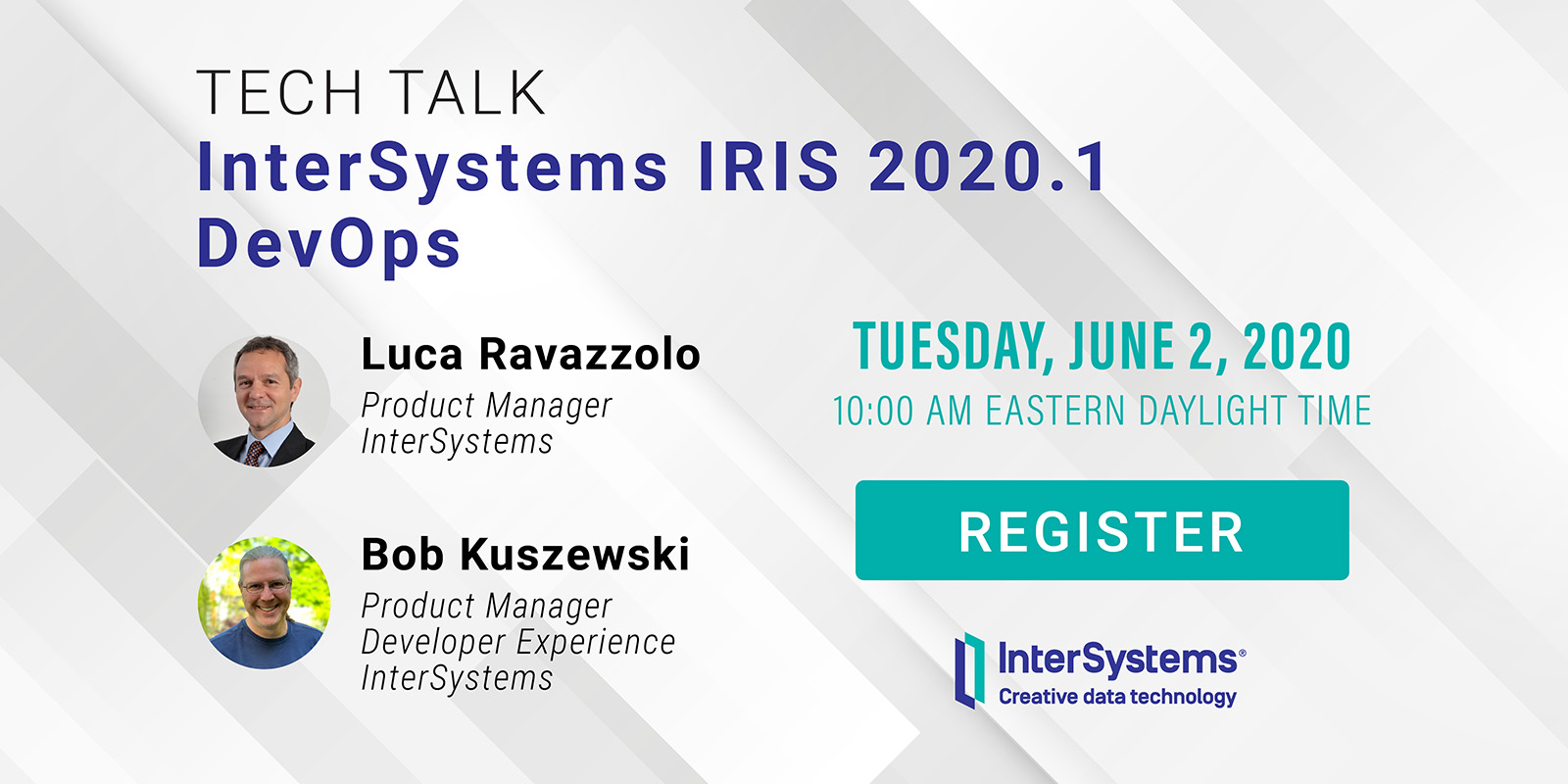Hi,
We want to monitor an Ensemble Production and send custom email alerts in function of some Rules. For example, if we normally receive 1 message per second, if suddenly we receive 5 or more messages per second, we want to send an email alert. And if tomorrow we don't want to check this again, we want to disable it through Ensemble Business Rules.

.png)

.png)